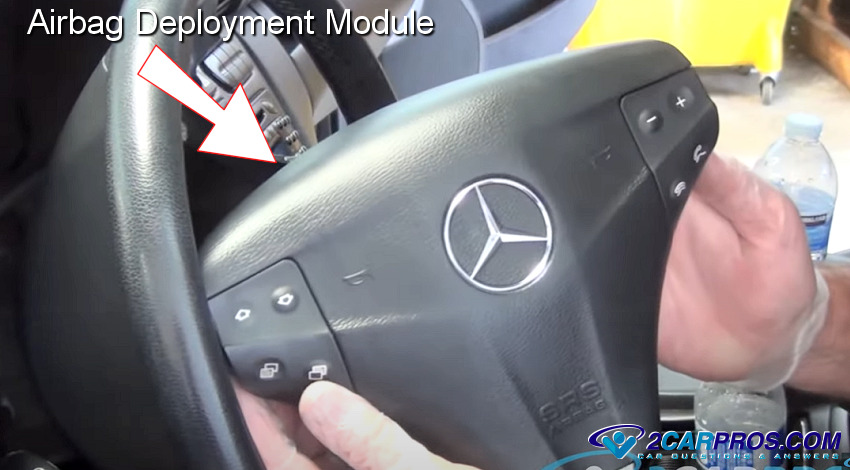1) Both outer tie rod ends replaced and a four wheel alignment performed. Alignment was good, the car did not pool to any side.
2) But when driving, I noticed steering wheel slightly shaking up and down. Mechanic's advice was to replace both front struts, which was done with two strut-and-spring assemblies.
That replacement eliminated up-and-down shaking,
but new shaking in sideways left-right directions was noticed on the steering wheel.
3) This is what was done further on at the front:
a) both lower ball joints replaced.
b) both lower control arms replaced.
c) both sway bar links replaced.
d) Four wheel alignment performed again in the same tire shop.
Alignment was not so good this time. The left-right direction steering wheel shaking still was there,
and the car slightly pooled to the right when driving.
I pointed that to the alignment mechanic. His answer was that front wheel balance will make both symptoms go away.
4) Sour tire balance performed at SAM's Club.
Both front tires received static and dynamic balances.
5) This thorough tire balance decreased a little the above shaking, but the car still slightly pools to the right.
6) OK. Another alignment would eliminate car pooling to the right (That is what I thing).
But what about that steering wheel shaking right>left>right>left?
How can be that eliminated?
Wednesday, July 12th, 2017 AT 9:46 PM



